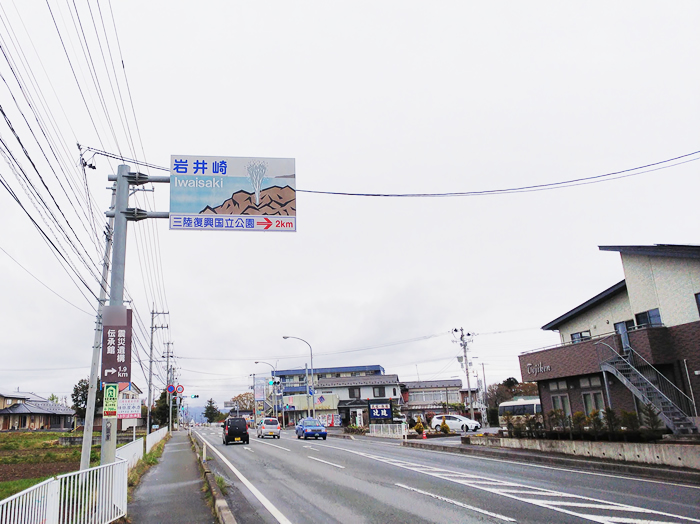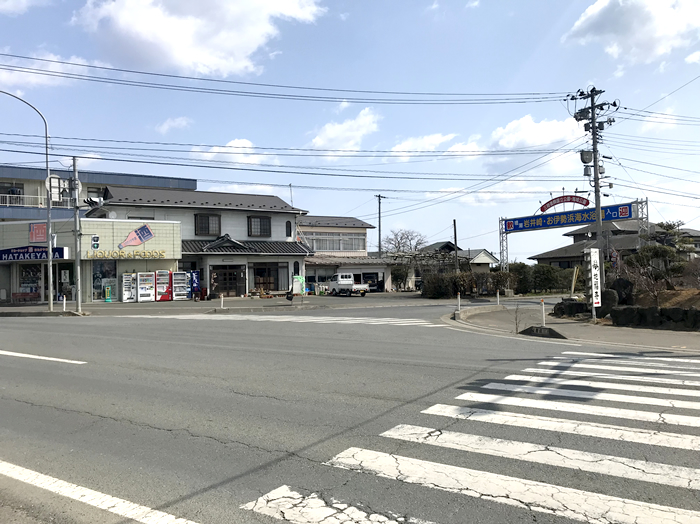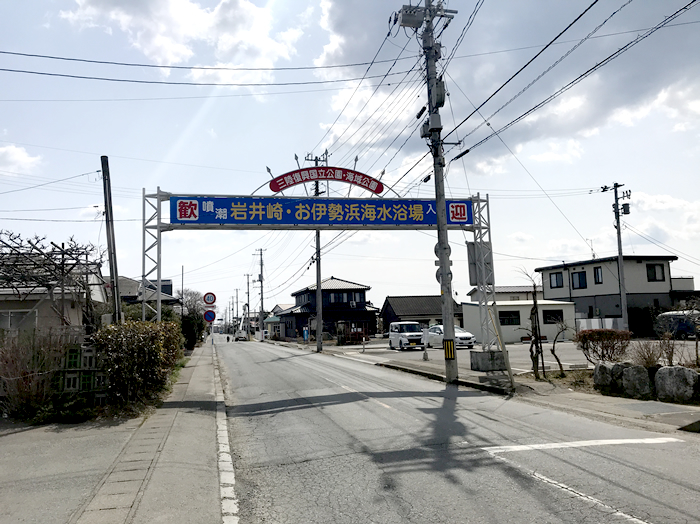- HOME
- Access
Access Map
By car (If you use an automotive navigation system, designate the destination by entering the Museum’s address or “Iwaisaki.”)
If you use an automotive navigation system, special attention is needed to designate the destination.
If you enter “Kesennuma Koyo High School” or its phone number on the system, it may navigate you to the former temporary school building or other places. Entering the Museum’s address is recommended.
From the Sendai area
Leave the Sanriku Expressway at Oya-kaigan IC for Route 45, go north, turn right at the Iwaisaki Entrance sign, and proceed for two minutes to reach the Museum.
※Iwaisaki IC cannot be used to go to or come from the Sendai area.
From the Iwate area
Go south on Route 45, turn left at the Iwaisaki Entrance sign, and proceed for two minutes to reach the Museum.
※Parking available for free
・Parking Area No. 1: 56 spaces for ordinary cars and 2 spaces reserved for cars with disabled people
・Parking Area No. 2: 17 spaces for medium-sized and large buses and 55 spaces for ordinary cars
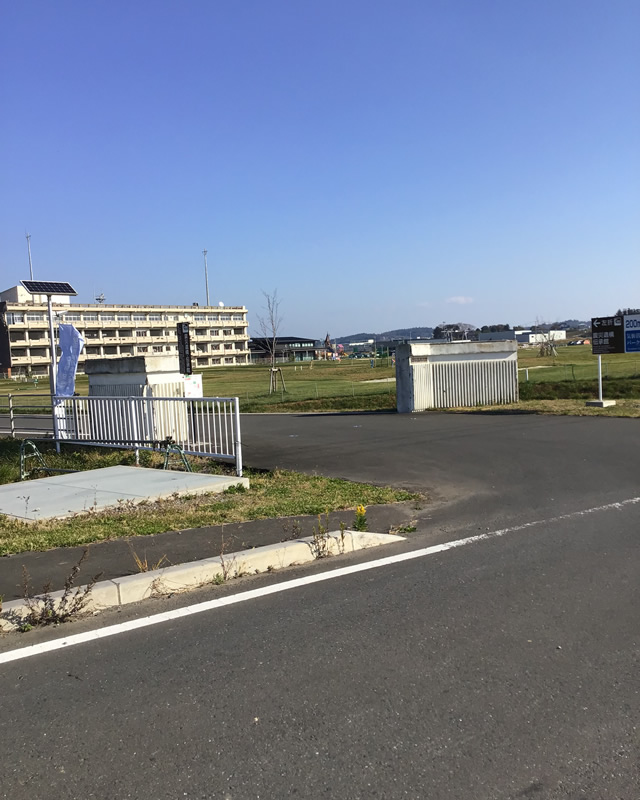
South gateway
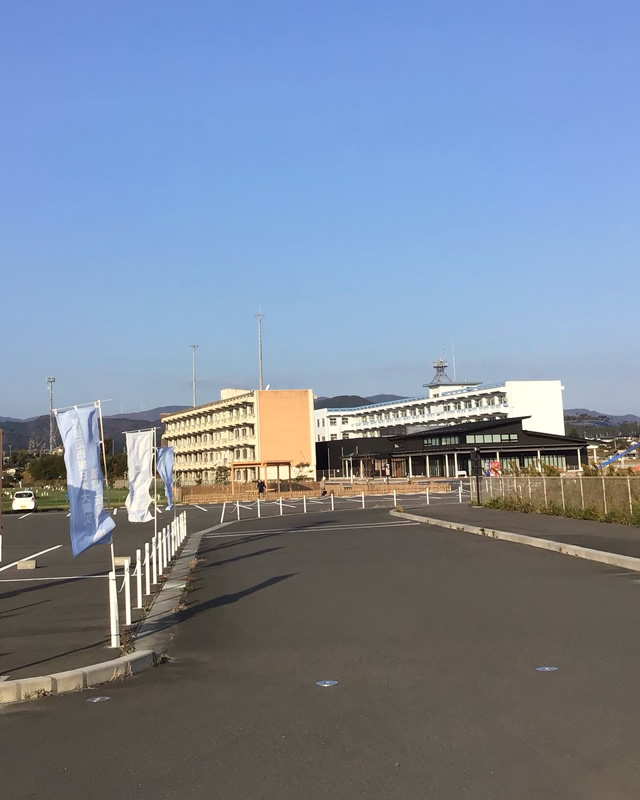
East gateway
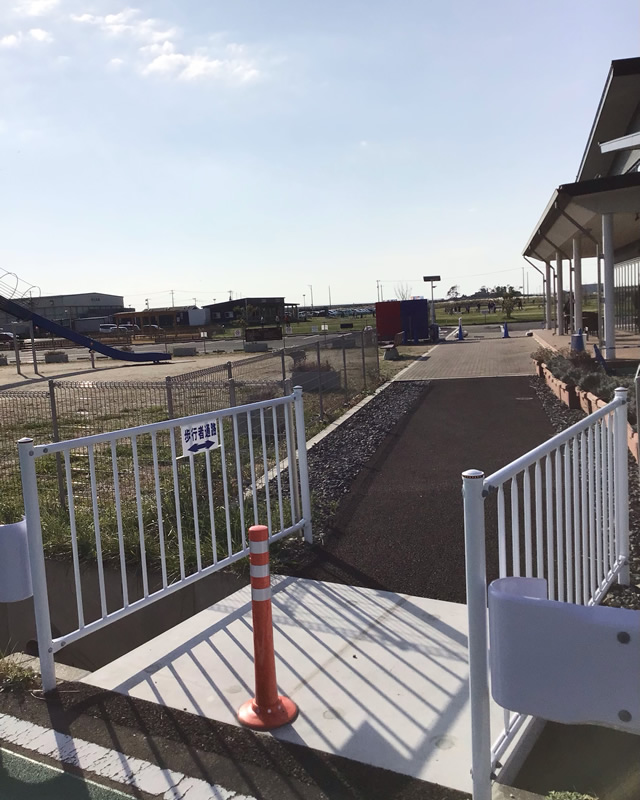
North Pedestriann Access
By public transportation (such as the bus rapid transit [BRT] system)
From the Sendai area
If you use an express bus, take a bus at bus stop no. 40 at the Miyakoh Sendai Express Bus Center and get off at the Hashikami-kominkan-mae bus stop. It takes about 25 minutes to reach the Museum on foot.
If you want to use a taxi from the Hashikami-kominkan-mae bus stop, walk straight for three minutes to JR Rikuzen-Hashikami Station and take a taxi there. It takes about three minutes to reach the Museum.
From the Ichinoseki area
If you use an express bus, take a bus bound for Kesennuma City Hall or Ofunato at Iwate-ken Kotsu Ichinoseki-ekimae (Ichinoseki Station) bus stop no. 5 and get off at the Kesennuma-ekimae (Kesennuma Station) bus stop.
If you use a JR train, take a train bound for Kesennuma Station at platform no. 3 on the Ofunato Line at Ichinoseki Station and get off at Kesennuma Station.
After reaching Kesennuma Station by express bus or train, take a BRT bus at Kesennuma Station and get off at JR Rikuzen-Hashikami Station, from which it takes about three minutes by taxi or 20 minutes on foot to reach the Museum.
For those who use a taxi
Admission vouchers with taxi discount coupons are available.
This voucher offers free admission for one person and a 500-yen discount on taxi fares to and from the museum (for a 1,000-yen discount in total).
| Fees | Adults: 600 yen Senior high school students: 400 yen Junior high and elementary school students: 300 yen |
|---|---|
| Sales offices | Kesennuma City Tourism Association (Second floor, Umi-no-Ichi) Kesennuma station tourism office (The office is unmanned on Wednesdays and Thursdays. Please contact the Kesennuma Tourist Association for details on how to purchase.0226-22-4560) |
- The taxi discount coupons can be used only for the round trip between Kesennuma City and “Ruins of the Great East Japan Earthquake Kesennuma City Memorial Museum” .
- One taxi discount coupon is good for a discount for one taxi only. When multiple people visit our museum, any person other than the person who holds the voucher needs to buy an admission ticket at the museum.
- The voucher is not eligible for any other additional discounts.
How to use
①Buy the admission voucher.
②Take a taxi from Kesennuma City to our museum. Give your driver the taxi discount coupon (to the museum) when boarding.
③Present the voucher at our reception counter and enter the museum.
④Take a taxi to return from the museum. Give your driver the taxi discount coupon (from the museum) when boarding.
Nearby tourist spots (Sanriku Fukko [Reconstruction] National Park and Iwaisaki Point)
Iwaisaki Point, located at the southernmost gateway to Sanriku Geopark, has many must-see features, including the Shiofuki-iwa blowhole and Ryu-no-matsu (lit. “Dragon-shaped Pine Tree”).
You can also have hands-on experience in making salt with the traditional technique of boiling seawater down.

Shiofuki-iwa blowhole

Ryu-no-matsu

